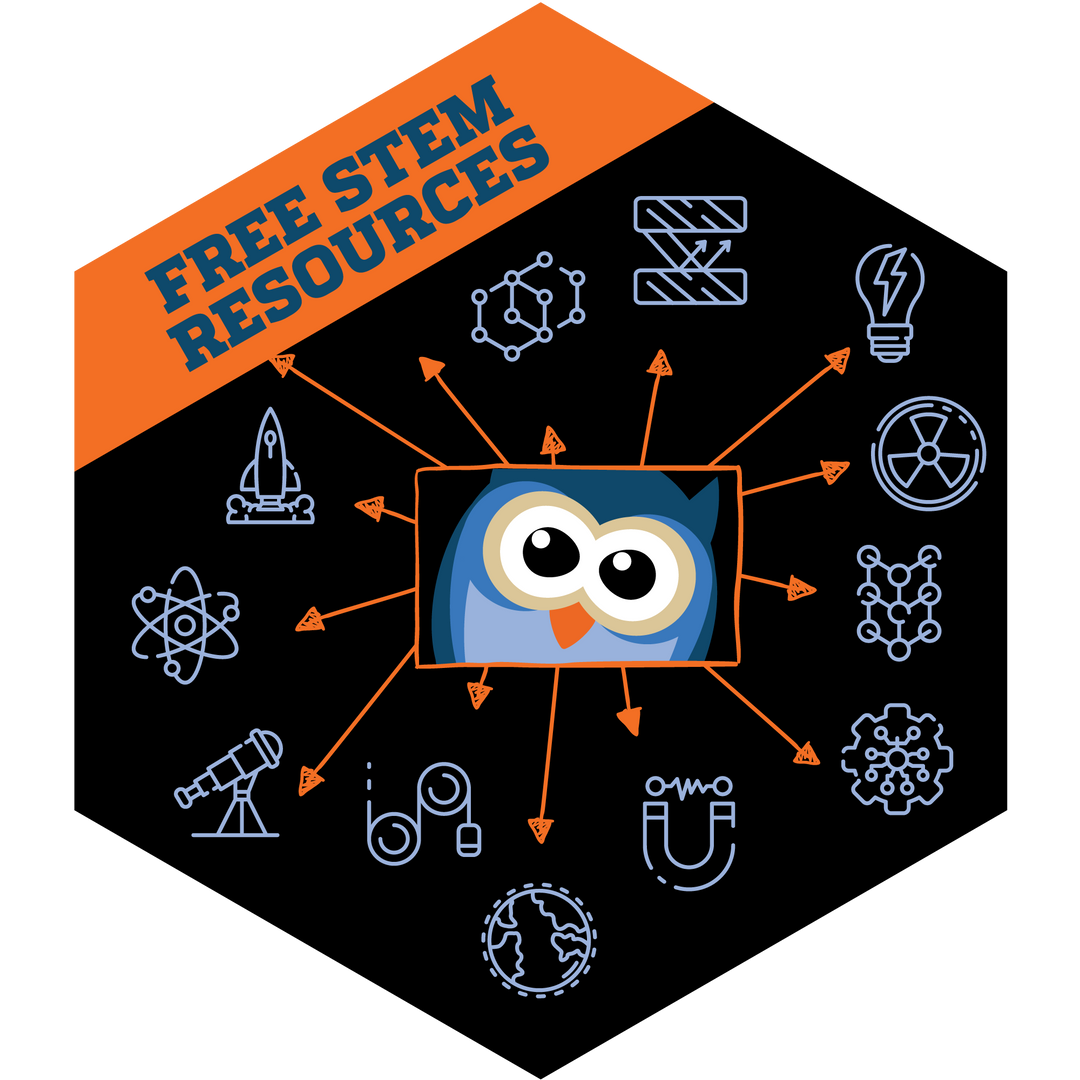NASA Human Exploration Rover Challenge
The primary objective of NASA Human Exploration Rover Challenge (HERC) is for teams of students to design, develop, build, and test human-powered rovers capable of traversing challenging terrain and a task tool for completion of various mission tasks.
Teams earn points by successful completion of design reviews, designing and assembling a rover that meets all challenge criteria, and successfully completing course obstacles and mission tasks. The team with the highest number of points accumulated throughout the project year in each category (high school and college/university) will be the winner.
The competition course requires two students, at least one female, to use the student-designed vehicle to traverse a course of approximately half-mile that includes a simulated field of asteroid debris, boulders, erosion ruts, crevasses, and an ancient streambed. The challenge’s weight and time requirements encourage the rover’s compactness, light weight, high performance, and efficiency. As part of the competition, rover entries are tested to ensure they would fit into a lander storage area, a maximum 5 feet long by 5 feet tall by 5 feet in volume. Just as in the Apollo 14 surface mission, teams must make real-time decisions about which mission objectives to attempt and which to leave behind—all driven by a limited, virtual eight-minute supply of oxygen. Like in the Apollo 15 mission, competing teams must be prepared to traverse rough terrains over the course of three competition days on a roving vehicle while carefully collecting terrain material and conducting science experiments that are crucial for the mission.



